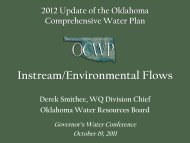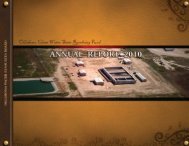Intended Use Plan for FY-2012 - Water Resources Board - State of ...
Intended Use Plan for FY-2012 - Water Resources Board - State of ...
Intended Use Plan for FY-2012 - Water Resources Board - State of ...
Create successful ePaper yourself
Turn your PDF publications into a flip-book with our unique Google optimized e-Paper software.
4.3 Projects That Do Not Meet the Definition <strong>of</strong> Environmentally Innovative4.3-1 Air scrubbers to prevent nonpoint source deposition.4.3-2 Facultative lagoons, even if integral to an innovative treatment processes.4.3-3 Surface discharging decentralized wastewater systems where there are cost effectivesoil-based alternatives.4.3-4 Higher sea walls to protect POTW from sea level rise.4.3-5 Reflective ro<strong>of</strong>s at POTW to combat heat island effect.4.4 Decision Criteria <strong>for</strong> Business Cases4.4-1 <strong>State</strong> programs are allowed flexibility in determining what projects qualify asinnovative in their state based on unique geographical or climatological conditions.4.4-1a Technology or approach whose per<strong>for</strong>mance is expected to address waterquality but the actual per<strong>for</strong>mance has not been demonstrated in the state;4.4-1b Technology or approach that is not widely used in the <strong>State</strong>, but doesper<strong>for</strong>m as well or better than conventional technology/approaches at lowercost; or4.4-1c Conventional technology or approaches that are used in a new application inthe <strong>State</strong>.4.5 Examples <strong>of</strong> Projects Requiring a Business Case4.5-1Constructed wetlands projects used <strong>for</strong> municipal wastewater treatment, polishing,and/or effluent disposal.4.5-1a Natural wetlands, as well as the restoration/enhancement <strong>of</strong> degradedwetlands, may not be used <strong>for</strong> wastewater treatment purposes and mustcomply with all regulatory/permitting requirements.4.5-1b Projects may not (further) degrade natural wetlands.4.5-2 Projects or components <strong>of</strong> projects that result from total/integrated water resourcemanagement planning consistent with the decision criteria <strong>for</strong> environmentallyinnovative projects and that are Clean <strong>Water</strong> SRF eligible.4.5-3 Projects that facilitate adaptation <strong>of</strong> POTWs to climate change identified by a carbonfootprint assessment or climate adaptation study.4.5-4 POTW upgrades or retr<strong>of</strong>its that remove phosphorus <strong>for</strong> beneficial use, such as bi<strong>of</strong>uelproduction with algae.4.5-5 Application <strong>of</strong> innovative treatment technologies or systems that improveenvironmental conditions and are consistent with the Decision Criteria <strong>for</strong>environmentally innovative projects such as:4.5-5a Projects that significantly reduce or eliminate the use <strong>of</strong> chemicals inwastewater treatment;4.5-5b Treatment technologies or approaches that significantly reduce the volume<strong>of</strong> residuals, minimize the generation <strong>of</strong> residuals, or lower the amount <strong>of</strong>chemicals in the residuals. (National Biosolids Partnership, 2010; Advancesin Solids Reduction Processes at Wastewater Treatment Facilities Webinar;http://www.e-wef.org/timssnet/meetings/tnt_meetings.cfm?primary_id=10WCAP2&Action=LONG&subsystem=ORD%3cbr).4.5-5b(i) Includes composting, class A and other sustainable biolsolidsmanagement approaches.4.5-6 Educational activities and demonstration projects <strong>for</strong> water or energy efficiency.4/21/2010 PART A - CWSRF 12




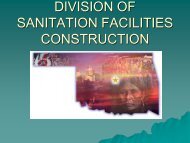
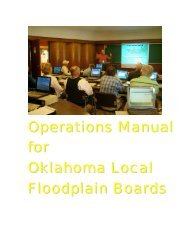
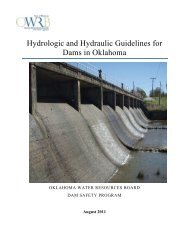
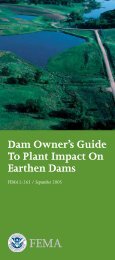

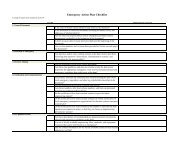
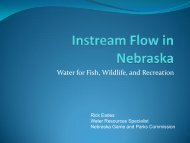


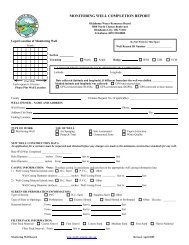
![A Commodity & a Resource [pdf] - Water Resources Board - State of ...](https://img.yumpu.com/42536671/1/190x143/a-commodity-a-resource-pdf-water-resources-board-state-of-.jpg?quality=85)
